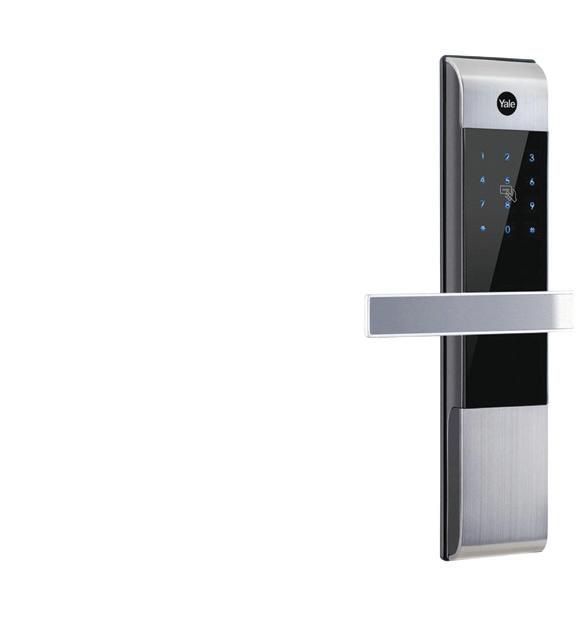
2 minute read
Motorway signage lacks traction
The One Mahurangi Business Association is calling on Waka Kotahi/NZ Transport Agency to put up signs on the new motorway, alerting people to the option of turning off at Puhoi to take the scenic route to Warkworth and Mahurangi West. But the call is falling on deaf ears.
Association manager Murray Chapman says it is a relatively simple fix, and the association has already designed a sign and even offered to put it in place.
Advertisement
“While we are all enjoying the benefits of the new motorway, it does bypass Warkworth and that is not helping our local businesses, especially those in the Grange, at the southern entrance to Warkworth, where they have suffered a 30 to 40 per cent drop in turnover,” Chapman said in an email to NZTA.
However, NZTA replied that state highway road guidance and advisory signs were designed for route continuity and use by long distance travellers, strangers to an area and tourists.
“They are not intended to provide detailed local road use information,” NZTA says.
“This approach helps to reduce the overall number of signs and, therefore, potential distraction and misunderstanding on the road network.
“From a Ara Tūhono - Pūhoi to Warkworth project perspective, the current signage delivered per the signage strategy is sufficient for the area and compliant with existing strategies and guidelines.”
Meanwhile, a new artwork at the southern end of the new motorway, where two concrete plinths now stand, is expected to be installed “in coming months”.
Power outages could be avoided
By Laura Kvigstad, Auckland Council reporter. Public Interest Journalism funded through NZ On Air.
Vector is calling for more flexibility around trimming and removing trees that pose a threat to power lines.


At an Auckland Council Transport and Infrastructure Committee on July 20, Vector chief operating officer Peter Ryan said preventable power outages were “hampered” by regulations.


During Cyclone Gabrielle, Ryan said 65 per cent of power outages were caused by vegetation and 80 per cent of those outages were specifically trees.
“Vegetation is probably our biggest contributor to outages around the network,” he said.



“We are seeing a higher frequency of high velocity wind across the network, which impacts us particularly in the north and in parts of Auckland’s west.”
Ryan said Vector was allowed to cut back vegetation up to three metres around a power line, depending on the voltage.
“Anything beyond that we can’t cut. A lot of the trees that impact our lines are beyond that cut zone, so we can’t proactively cut those trees to reduce the risk.”
He said Vector had been lobbying for eight years to increase the cut zone and shift to a more risk-based approach.
Cr Chris Darby asked about Vector’s policy on undergrounding infrastructure, as [power] assets contributed to deaths and serious injuries on Auckland’s roads.
Ryan said that undergrounding infrastructure would write off the remaining life of assets.
“It’s not unique to Vector; it’s an issue right across the world where there are poles in road corridors that people hit, unfortunately,” Ryan said.
“When assets need upgrading, which could be because of increasing loads in certain areas, we are looking at whether or not it’s going to be viable to underground the lines.”











